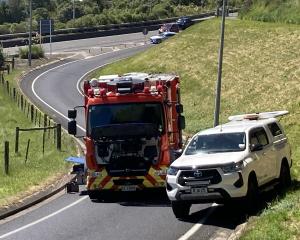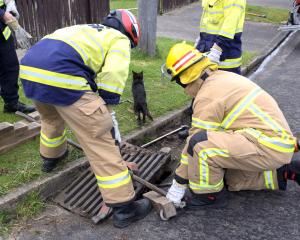Under the changes, announced yesterday, children aged up to 7 must now be in an appropriate child restraint while travelling in a vehicle and those aged 7 and 8 will be required to use a child restraint if available.
Previously, children up to the age of 5 had to be restrained in an appropriate child restraint and those aged between 5 and 8 had to use one if available.
Mr Bridges said the new limit would require changes to the Land Transport (Road User) Rule 2004.
Public consultation would be undertaken to ensure practical issues were addressed.
"We want to make the changes flexible enough that it doesn't create undue difficulties for taxi drivers or large families, for instance," he said.
An education campaign and an appropriate lead-in period would assist with the transition.
Plunket Otago Southland area manager Barb Long said the law change would save lives.
Many parents and caregivers in the South already put their 7-year-olds in booster seats, but a few could oppose the change, she said.
"There will, potentially, be a small group of people that may perceive we are wrapping our children in cotton wool. However, there is very good evidence and research that adult seat belts are designed for adults, and they don't fit kids properly until they are 148cm [tall]."
Children generally enjoyed travelling in booster seats because they could see more from the car, were less likely to get travel-sick and the seat belt was more comfortable, she said.
Motor Trade Association spokeswoman Ana Zandi said 304 children aged 5-9 were either injured or killed in road crashes in New Zealand in 2010.
"This new rule will certainly go a long way towards helping to bring these numbers down and keep our children safe on the roads."
Car seats needed to be properly fitted and parents should have them installed and checked by a trained professional, she said.
Most MTA members would do this free, she said. "A quick five-minute check could save lives."
Mr Bridges said the new mandatory limit would align New Zealand with Australia.













